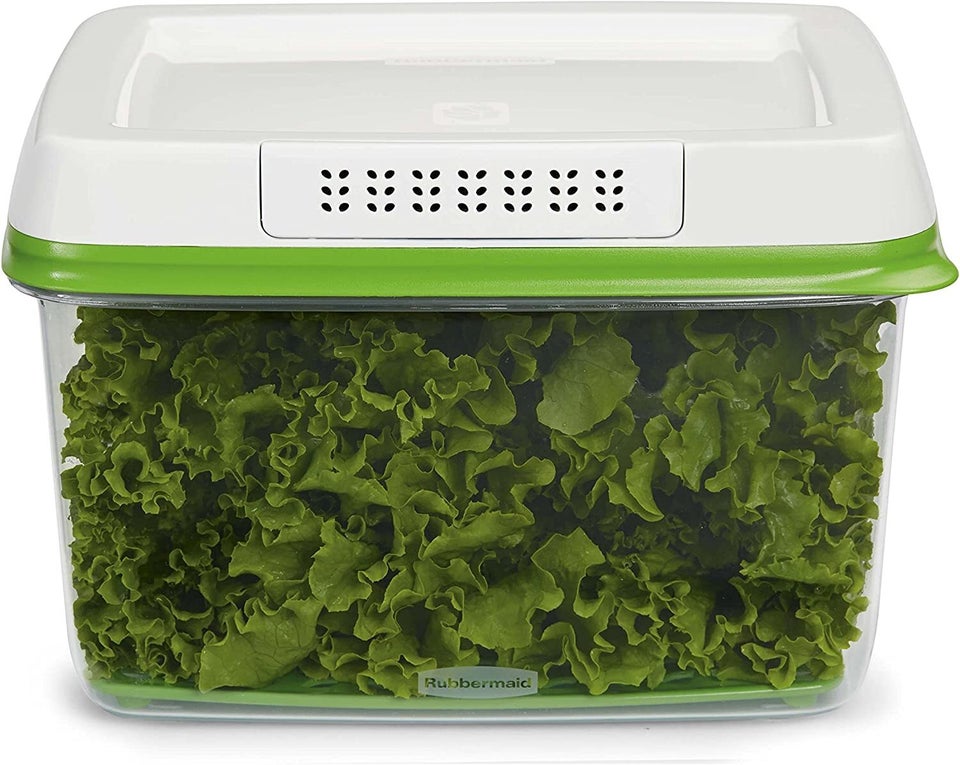
You probably wouldn’t bite into an apple or pop a few grapes in your mouth without washing them first. You’re eating the fruit’s skin, and who knows what’s lurking there.
But what about bananas and avocados — fruits with thick skins that you peel before eating? Food safety experts say you should wash these items, too.
“You should be washing produce that has a peel with clean running water, even if you plan to discard it,” Tamika Sims, senior director of food technology communications at the International Food Information Council, told HuffPost. “This is a best practice in safe food handling to minimize the transfer of dirt or microbes that may be on the skin to the fruit on the inside that you plan to consume.”
While dirt may be visible on the skin, lingering pesticides or microbes like salmonella or campylobacter that can cause foodborne illness aren’t necessarily visible. Sims said you should be washing all produce before eating it — even organic varieties and things that you peel.
“Even if it feels counterintuitive, you should wash first,” she added. Here’s why, and some tips for washing, storing, and preparing produce effectively.
Why You Should Wash Thick-Skinned Produce
Banana peels, avocado skins and other produce with thick exteriors are just as susceptible to having bacteria on them as softer, more delicate-skinned fruits and vegetables, Trevor Craig, food safety expert and corporate director of technical training and consulting at Microbac Laboratories, told HuffPost.
The U.S. Food and Drug Administration has actually detected listeria and salmonella on avocado exteriors.
These thicker skins do make it harder for bacteria or dirt to get into the flesh, which gives them a longer shelf life. But Craig said when you cut through an avocado or banana, the knife can push anything on the skin onto the edible flesh, cross-contaminating it.
Washing the produce reduces the likelihood of that happening, he said. “It’s not a perfect process, and it’s certainly not making your food sterile, but you can reduce the risk as long as you’re doing it safely.”
However, washing can remove grit, pests, pesticides or herbicides, or a waxy coating, he said.
Joshua Resnick, lead chef-instructor of culinary arts at the Institute of Culinary Education, told HuffPost that he washes all produce that he cuts into, even things he peels like carrots or onions.
“At the end of the day, you don’t know what your produce has been through,” he said. “Even if it just came out of the dirt and was put into a crate and driven to a farmers market, that produce could’ve come into contact with all types of grime or pollutants during its trip.”
What’s The Best Way To Wash Produce?
Clean running water is all you need to wash any kind of produce, Sims said. You don’t need to use a special produce wash, soap or detergent, Craig added. The Centers for Disease Control and Prevention also warns not to use bleach or disinfecting products on fruits and vegetables.
“If you really want to go for it, you can use a diluted vinegar solution of one part vinegar to four parts clean water to spray your food,” Craig said. “This will help kill some bacteria and won’t leave a bad taste or possible dangerous chemicals on your food.”
If you notice visible dirt on produce, like a potato, Resnick recommended using a kitchen towel to give it a good scrub.
You can also use a brush for thicker-skinned fruits and vegetables to scrub deeper, just clean the brush after using it, Craig said. “Skins are often textured and have lots of space for things to fit in that you don’t want to be in your finished product.”
Before you wash fruits and vegetables, be sure to wash your sink and your hands first, Craig said.
Other Ways To Handle Thick-Skinned Produce
Beyond washing thick-skinned produce (and all other types), there are a few other things to ensure it’s safe to eat.
Store and prepare fruits and vegetables separately from raw meat, poultry and seafood, Sims said. “This means that prepping utensils used while making the produce and animal protein parts of your meals — like cutting boards and knives — should be used separately, as well.”
Refrigerate or freeze fruits and veggies in closed containers within two hours of cutting, peeling or cooking, as well, she added.
Just always keep your utensils, kitchen workspaces and your hands clean, so you don’t cross-contaminate anything, Craig emphasized. And, wash all produce just to be safe.
“Recently while cleaning some produce, I found a little snail spending time on my food, and when I rescued him, I also noticed lots of other grit. So it’s out there,” he said.
